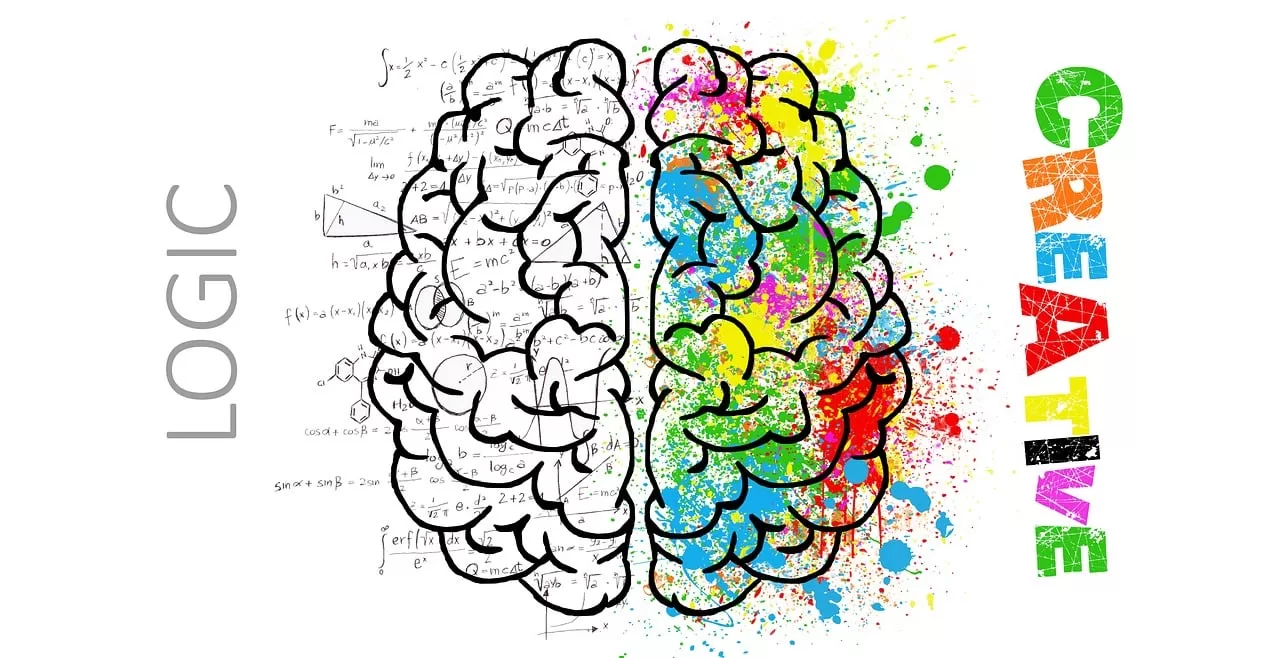Creativity, often considered the essence of innovation and progress, is a dynamic and multifaceted construct that has intrigued psychologists and researchers for decades. In this blog, we will embark on a journey through the key theories of creativity proposed by influential figures such as Torrance, Getzels & Jackson, Guilford, and Wallach & Kogan. Additionally, we will delve into the intricate relationship between intelligence and creativity, exploring the complex interplay between these two cognitive dimensions.
- Ellis Paul Torrance: The Torrance Tests of Creative Thinking (TTCT): Torrance is renowned for his work in the field of creativity assessment. The Torrance Tests of Creative Thinking (TTCT) assess various dimensions of creativity, including fluency, flexibility, originality, and elaboration. Torrance’s model emphasizes the importance of divergent thinking – the ability to generate a variety of ideas – as a key component of creativity.
- Sydney Getzels & Philip Jackson: Problem-Finding and Problem-Solving: Getzels and Jackson introduced the concept of problem-finding as a precursor to problem-solving in the creative process. They argued that individuals who excel in identifying and defining problems are more likely to exhibit creative problem-solving skills. Their model highlights the importance of recognizing the initial stages of the creative process.
- J.P. Guilford: Structure of Intellect Model: Guilford proposed a comprehensive model of intelligence known as the Structure of Intellect (SOI). Within this model, Guilford identified three main dimensions – operations, content, and products – and suggested that creativity involves the convergence of different cognitive abilities, such as divergent and convergent thinking.
- Nathan Wallach & Isidor Kogan: Modes of Thinking: Wallach and Kogan’s model of creativity posits four modes of thinking: undifferentiated, complex, differentiated, and integrated. Undifferentiated thinking involves associative processes, complex thinking emphasizes the integration of diverse elements, differentiated thinking focuses on analytical processes, and integrated thinking combines elements from diverse sources.
Relationship between Intelligence and Creativity:
The relationship between intelligence and creativity has been a subject of debate and exploration in the field of psychology. While both constructs involve cognitive processes, they are distinct in nature.
- Positive Relationship: Some researchers argue for a positive relationship between intelligence and creativity. They posit that individuals with higher intelligence may have a greater capacity for processing information, acquiring knowledge, and making novel connections, which can contribute to creative thinking.
- Threshold Hypothesis: The threshold hypothesis suggests that there is a threshold of intelligence below which creativity is unlikely to emerge. Beyond this threshold, the relationship between intelligence and creativity becomes more nuanced. While intelligence provides a foundation, additional factors such as personality traits, motivation, and environmental influences play crucial roles in fostering creativity.
- Different Cognitive Processes: Intelligence and creativity involve different cognitive processes. Intelligence often emphasizes convergent thinking, logical reasoning, and problem-solving, while creativity involves divergent thinking, the ability to generate multiple solutions, and the willingness to explore unconventional ideas.
- Creativity as a Multifaceted Construct: Creativity is a multifaceted construct, and its various dimensions may not necessarily align with traditional measures of intelligence. For example, the ability to think fluently, come up with original ideas, and tolerate ambiguity are essential components of creativity that may not be fully captured by standard intelligence tests.
Conclusion:
In the ever-evolving exploration of creativity, the contributions of Torrance, Getzels & Jackson, Guilford, and Wallach & Kogan have paved the way for a richer understanding of this complex cognitive phenomenon. As we navigate the intricate relationship between intelligence and creativity, it becomes clear that while these constructs share certain cognitive foundations, they also diverge in crucial aspects. Creativity, with its emphasis on originality, flexibility, and problem-finding, adds a vibrant and dynamic dimension to our understanding of cognitive processes. In fostering the creative spirit, we celebrate the diversity of human thought and the boundless potential for innovation and discovery.




